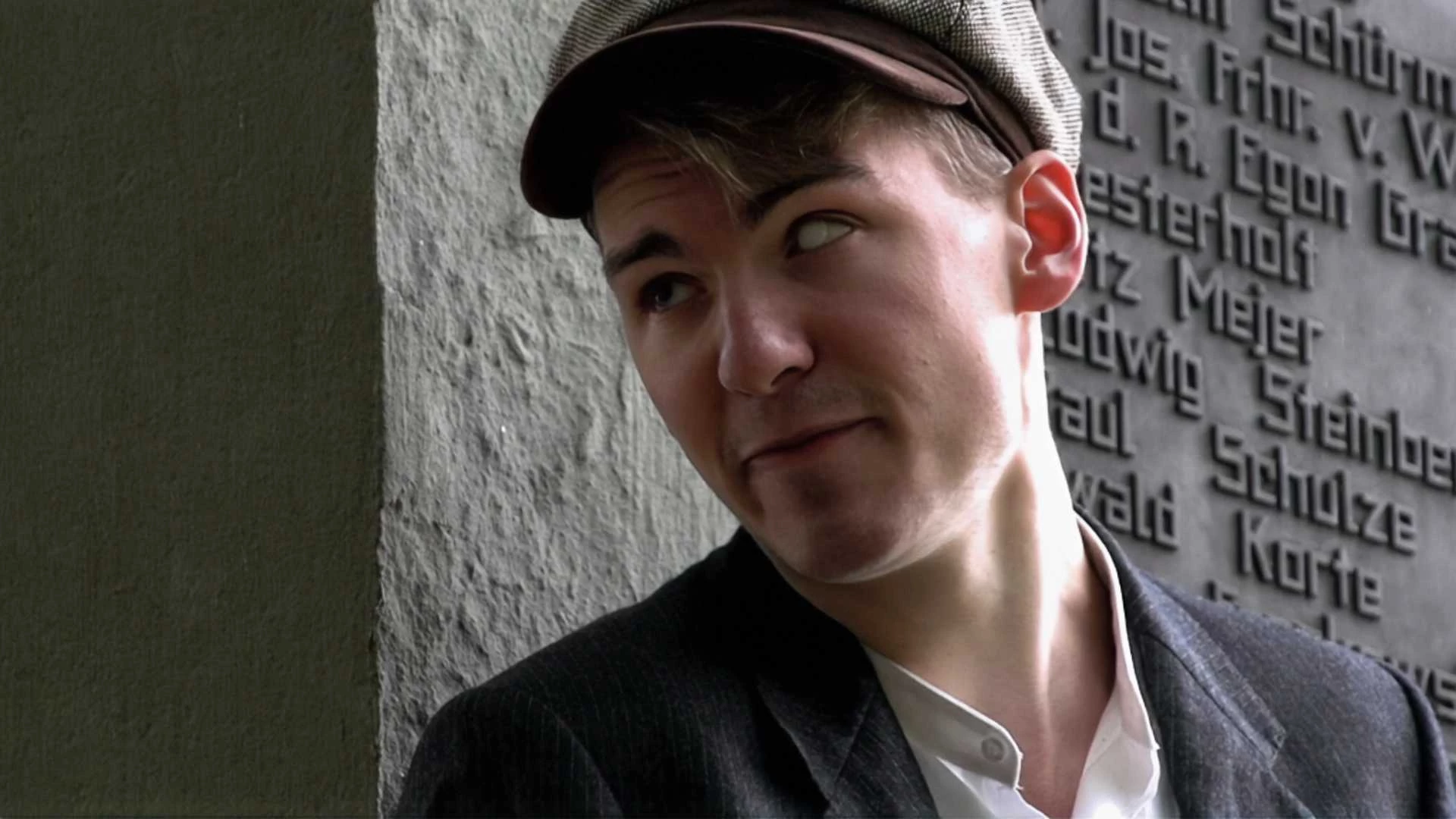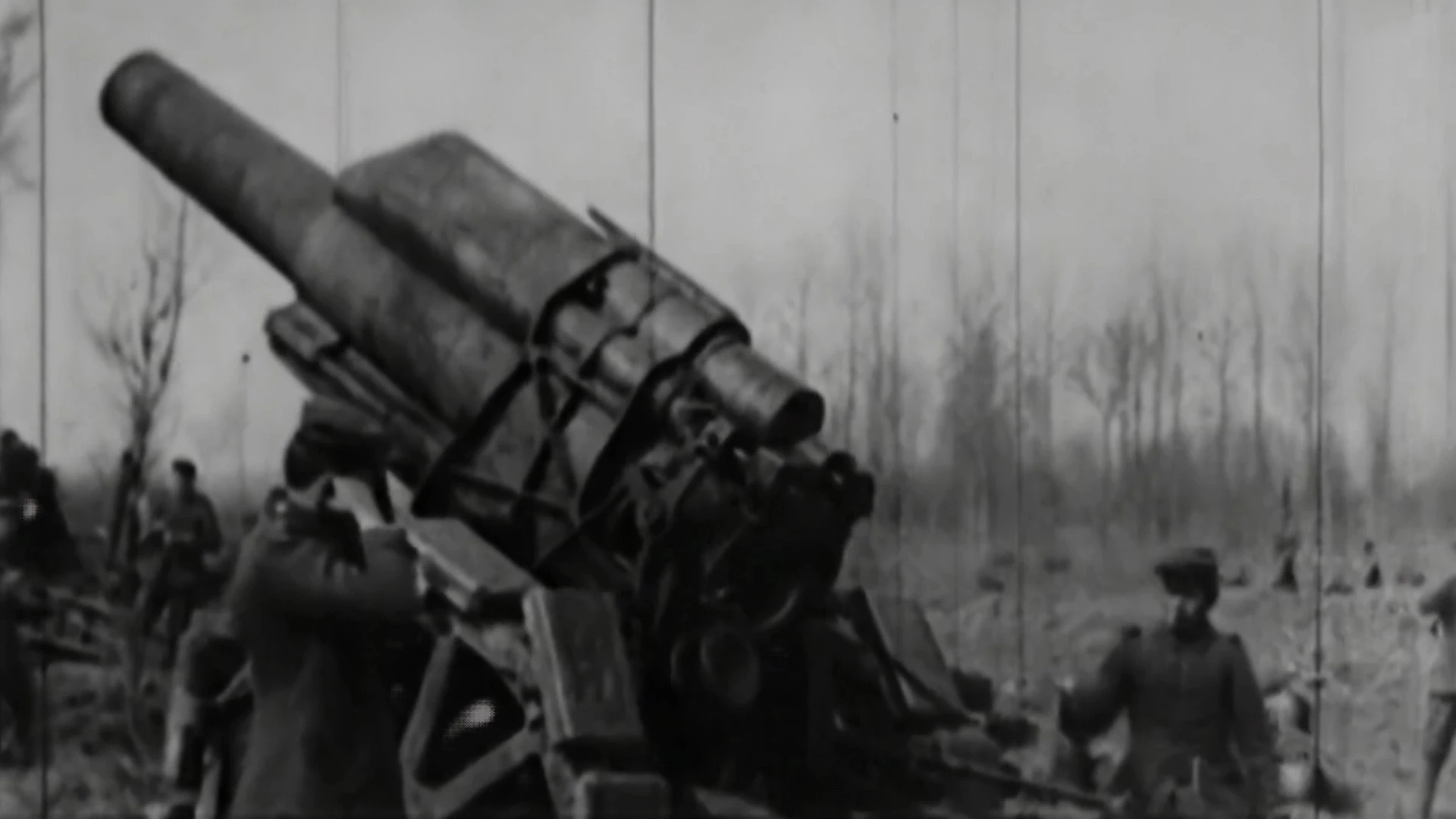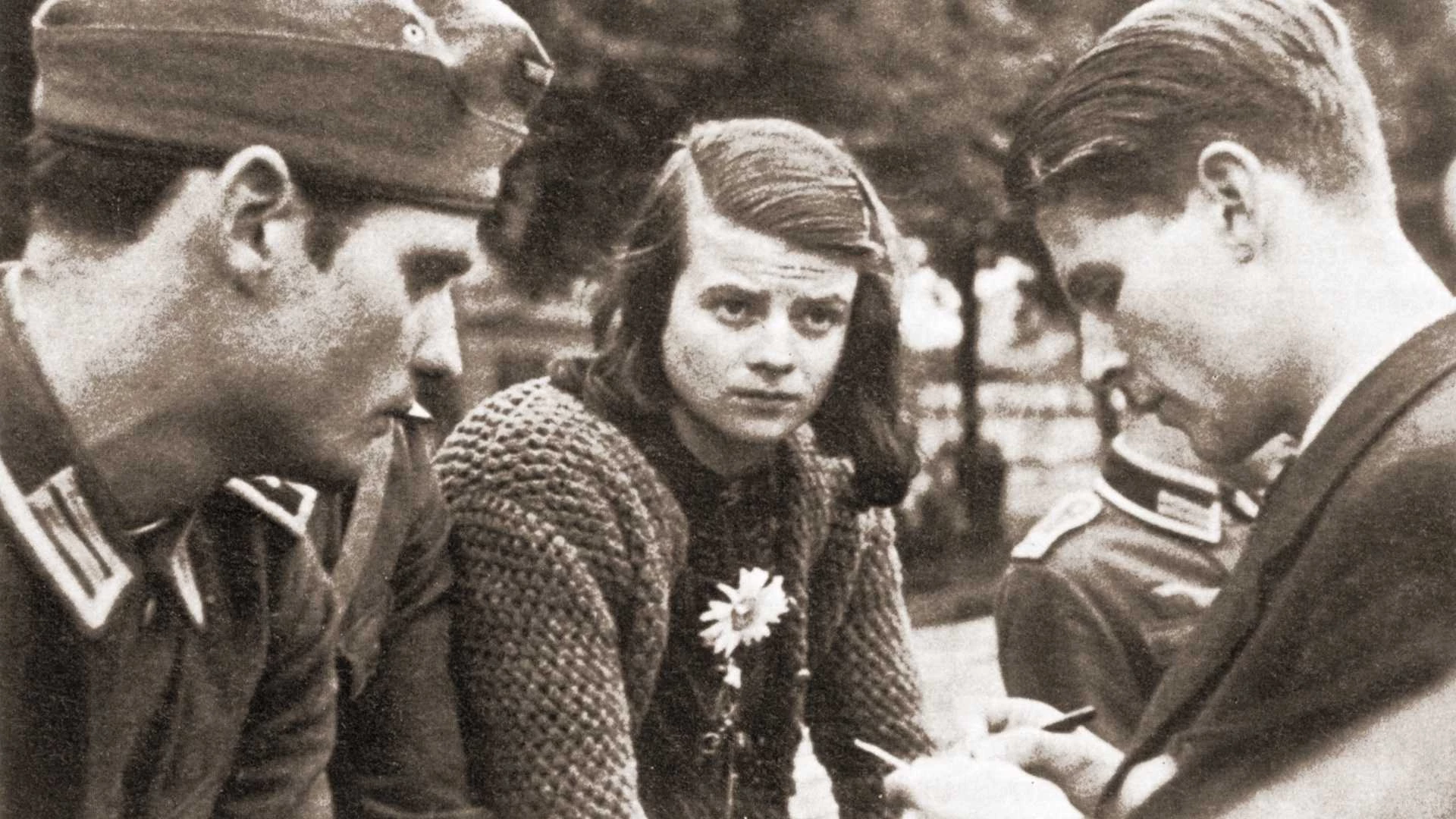20. Jahrhundert: 1914-1945 | Nationalsozialismus
Resistance
Between 1933 and 1945, a few thousand people make a stand against the Nazi dictatorship. Among them, the "Weiße Rose" is the most famous resistance group. It is formed out of a group of friends around the siblings Hans and Sophie Scholl in 1942. Its members distribute leaflets denouncing the crimes of the Nazi regime and paint slogans such as "Hitler mass murderer" on house facades. In 1943 they are arrested by the Gestapo and executed. Many others also pay for their commitment against Hitler with their lives – amog them also military members. On July 20, 1944, a handful of officers attempt to kill the Führer in a bomb attack. The assassination fails, yet the men – including Claus Schenk Graf von Stauffenberg – become symbolic figures of the military resistance.
mehr
weniger
Hitler Jugend, Cologne, emblem, Edelweiß-pirates, protest, résistance, flyers, secret state police, Gestapo, torture cellar, interrogations, Munich, Weiße Rose, Sophie Scholl, Hans Scholl, clergy, churches, Martin Niemöller, Bekennende Kirche, Dietrich Bonhoeffer, human rights, Münster, bishop Clemens August von Galen, euthanasia, Gertrud Koch, Adolf Hitler, state-sanctioned terror, jews, extermination camps, military, Ludwig Beck, Henning von Tresckow, attacks, headquarters, Claus Schenk Graf von Stauffenberg, Bendler Block, Berlin, Operation Valkyrie, bomb, Volksgerichtshof, Roland Freisler, Sippenhaft, resistance fighters, Marianne Meyer-Krahmer
Geeignet für die Fächer:
Geschichte
Empfehlung der Medienbegutachtung Baden-Württemberg für den Geschichtsunterricht
Rezension:
Im bewährten Fernsehformat bringt der Film Dokumentaraufnahmen, Zeitzeugeninterviews und Kommentare von Historikern.


